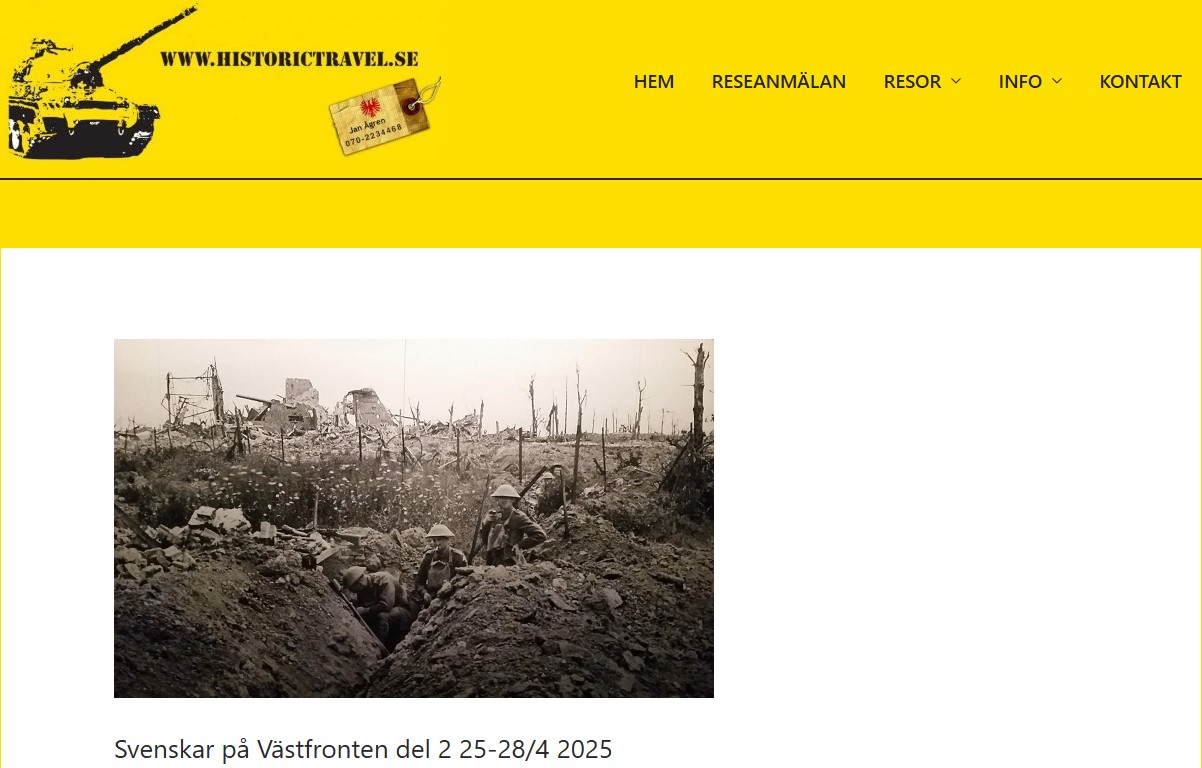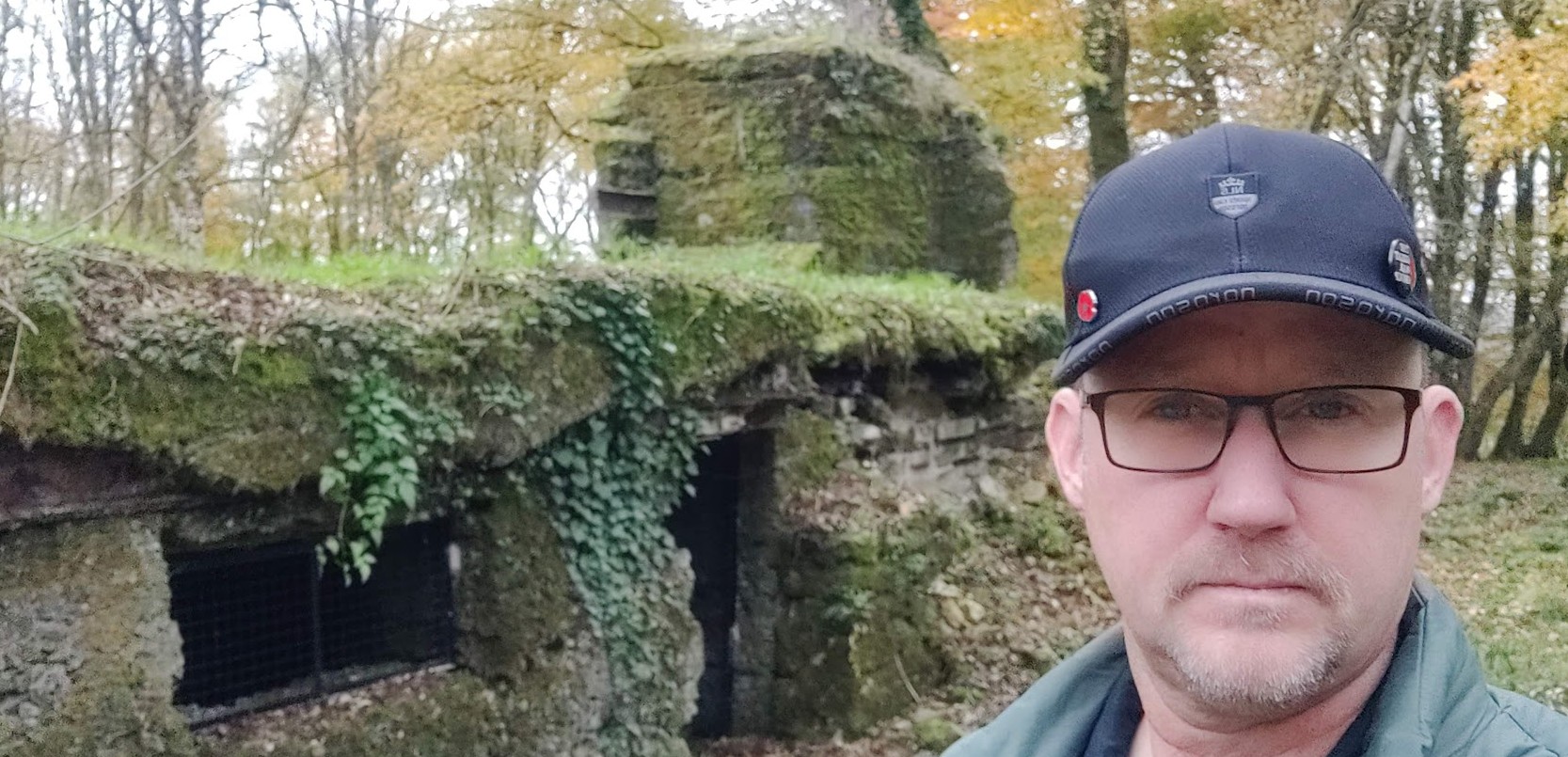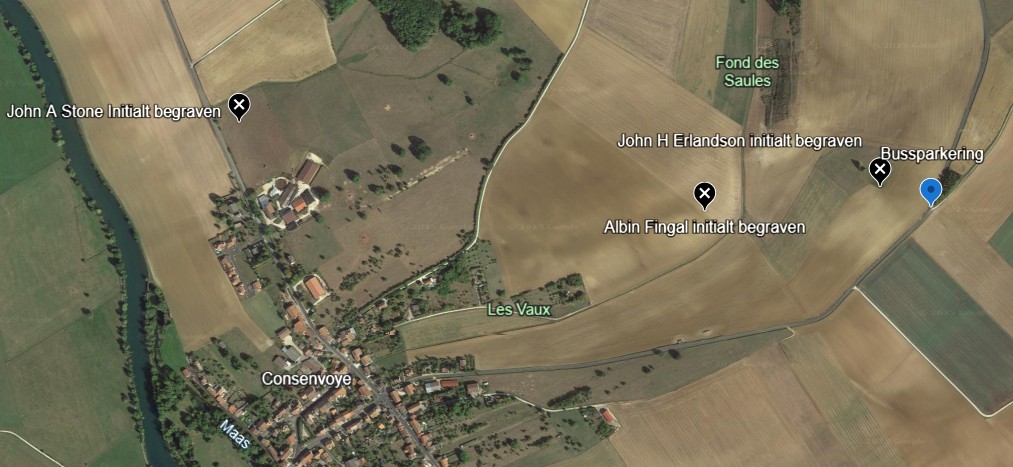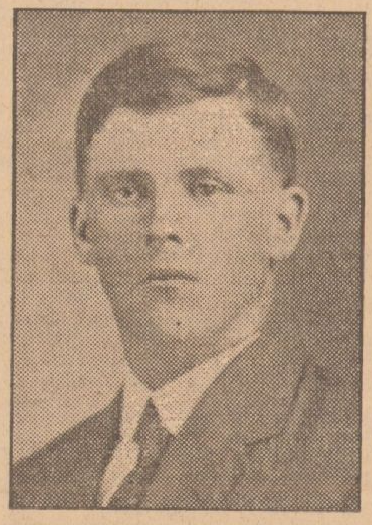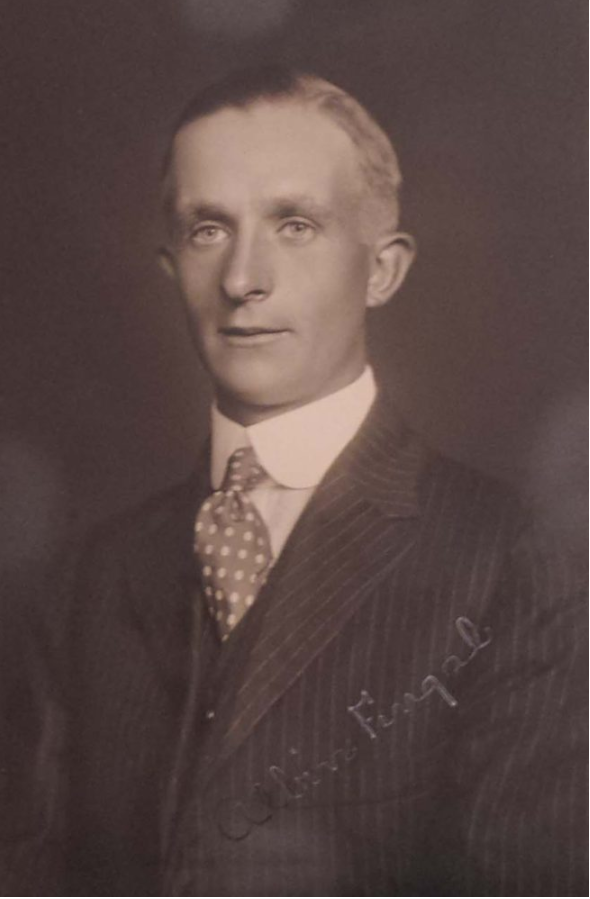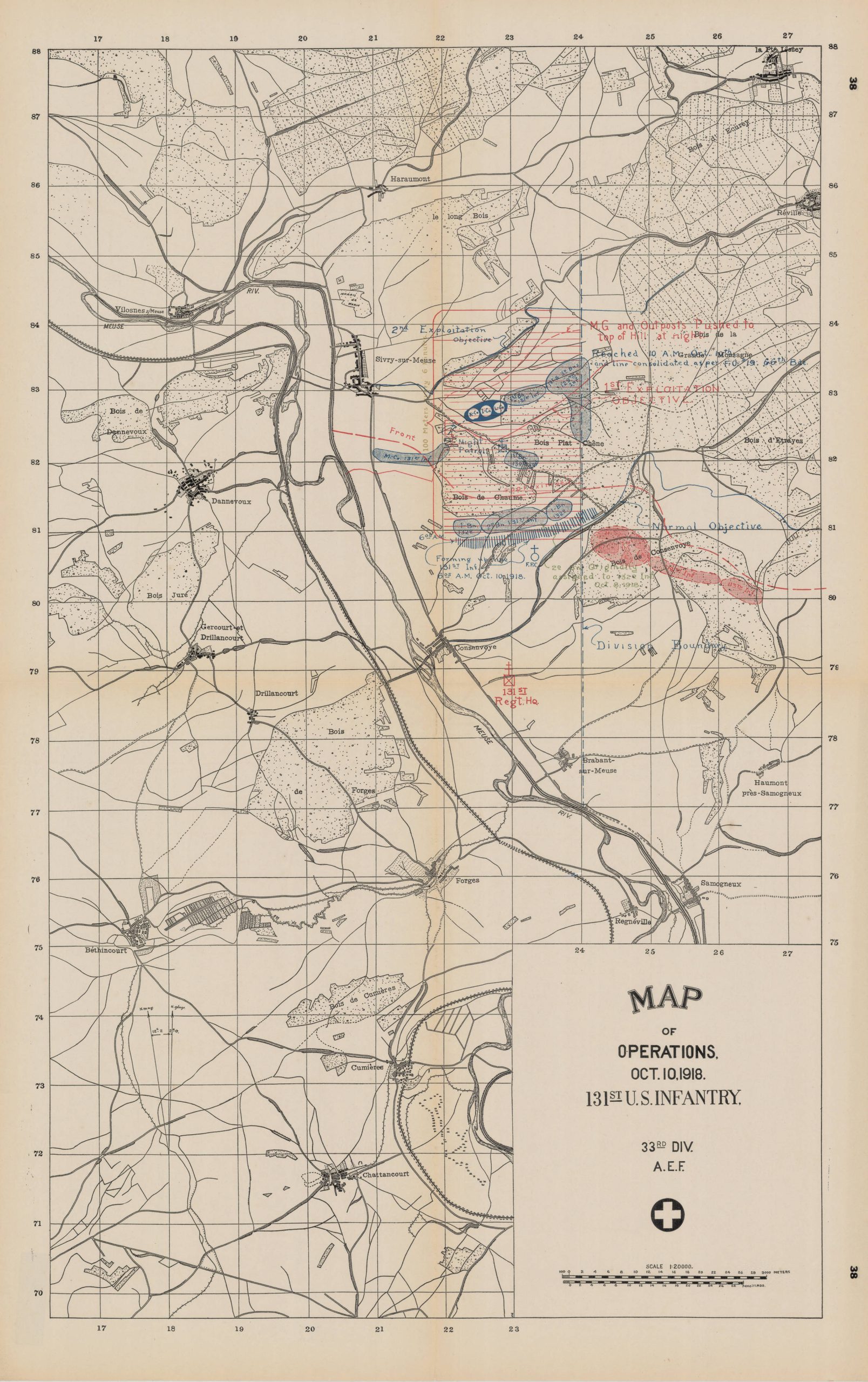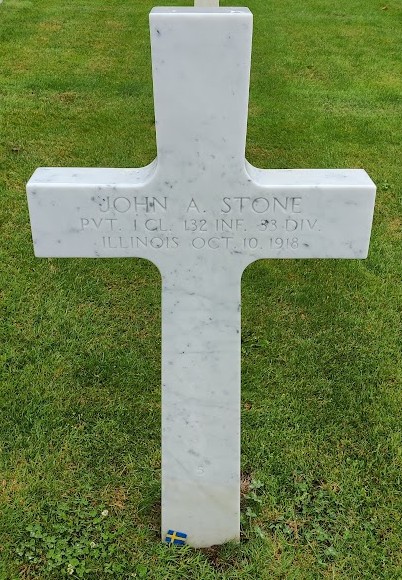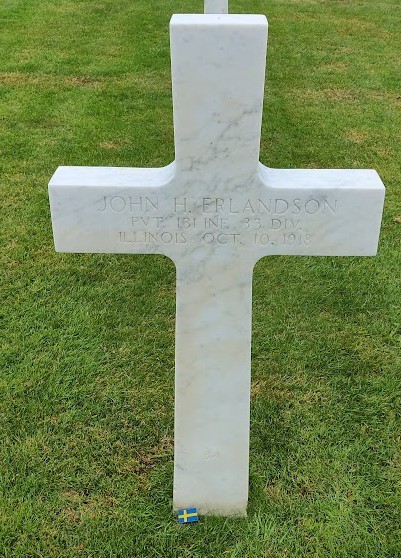I have been writing about it before, how digitized newspapers from the Great War era around 1914 to 1920, can be a great source of information. Now and then I go back to the large amount of bookmarks I have in my web browser, trying to find more information and sources about specific events connected to the Swedish soldiers within my research.
I always manage to find new information that I haven’t looked into before, or information that strengthen the already known details I have. At the same time I know that it is information from journalists, and not everything the write about is true or correct. It is the same today, we just have to be aware about it.
One journalist who spent a lot of time in France during the First World War was Gunnar Cedershiöld. Gunnar was born in Västerstad parish in Skåne 1887, and he died in Jönköping 1949. He worked in Paris and he also participated in the Summer Olympic Games in Amsterdam 1928, where he competed in fencing.
Gunnar wrote a lot of books and novels, and also a lot of articles within the subjects of politics and culture.
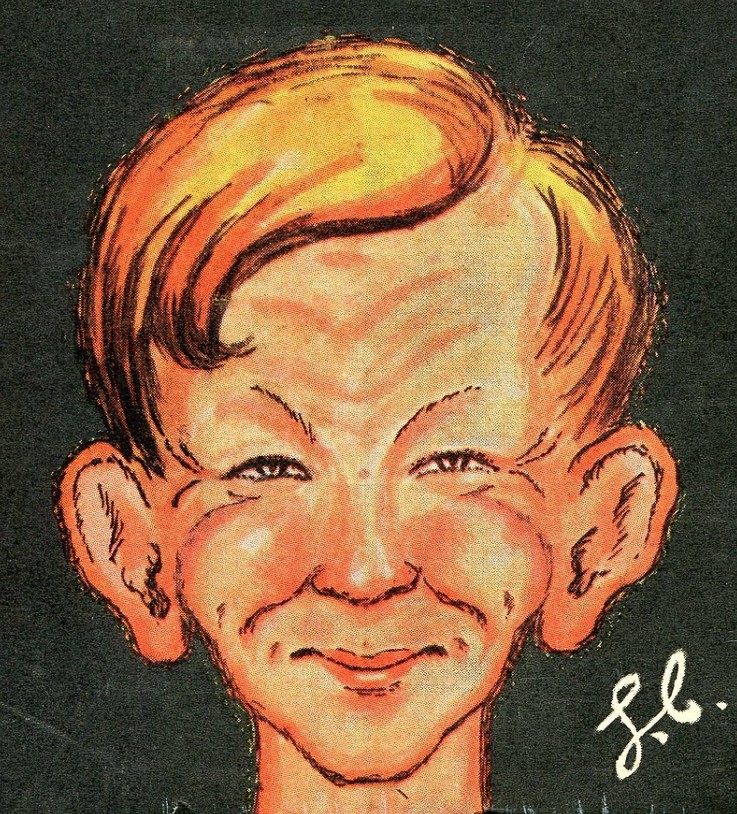
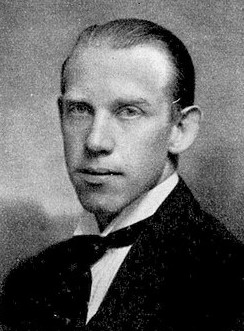
Gunnar thought a lot about the war and it’s meaning, and used to write the sentence below that I have tried to translate into english:
“It must be hard to be a soldier, if that thought comes up in your mind, that when you fight against men, you are also hurting or kill their mothers.”
His words gives me a lot to think about.
Gunnar met a lot of soldiers, with Swedish background or connection to Sweden, on the battlefields. I will mention some of the situations that he wrote about that I have found in digitized Swedish-American Newspapers.
Gunnar and the Swedes in the French Foreign Legion
In one article Gunnar wrote about his meeting with the Swedish soldiers in the French Foreign Legion. The article was in the Swedish-American newspaper “Vestkusten” from February 10th, 1916. In the article he mentioned the dialogues with the soldiers but also stated his opinion about some facts. Other articles about the Swedes in the legion has stated that there were about 50 of them who were born in Sweden, and 40 of them fell in the war, but Gunnar said in his articles that they were not more than 25, and I know from other sources that 16 of those 25 fell in the war.
That also correlates with other facts that I have found about the Swedes in the legion. Through Gunnar’s articles I have also been able to connect facts about the soldiers and in what situations they were involved in.
In earlier posts on this page I have written about the Swedish sign on the Division Marocaine Memorial on Vimy Ridge north of Arras. Most of the Swedes who fought for the French Foreign Legion were connected to this division. Gunnar spoke to some of them where the stories tells us that some of the Swedish soldiers participated in the Second battle of Artois, especially the battle of Hill 140 (May 9th-12th, 1915).
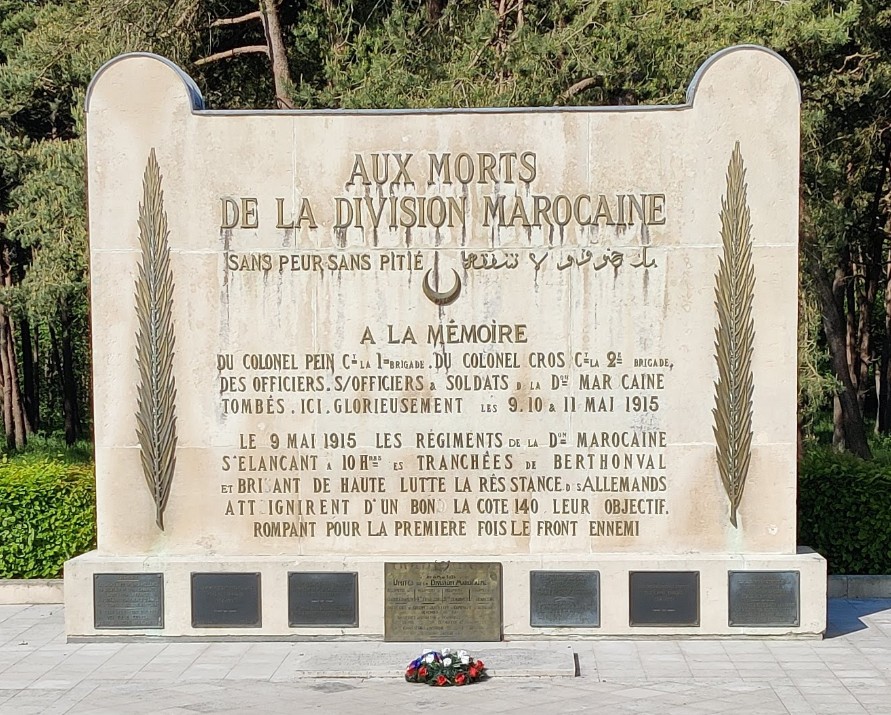
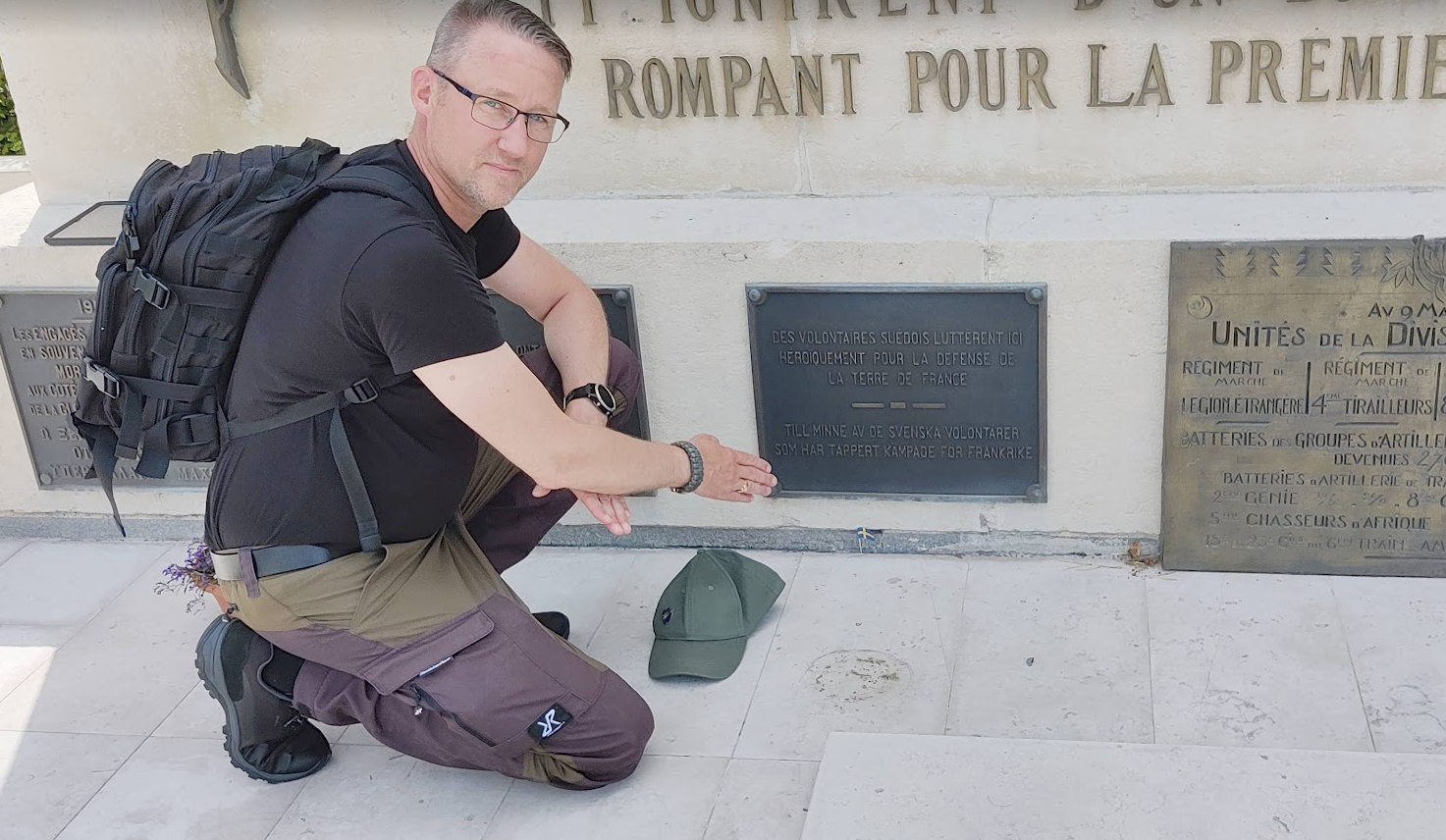
In the article a wounded polish soldier, Moïse Kisling, who became a famous painter later in life, told Gunnar about a situation when he was pushed to the ground by a german soldier, where he broke some ribs, and when he was on the ground he remembered two of the Swedish soldiers who were fighting in the same unit, came running with a captured German Machine Gun.
The soldiers were Lönnberg and Person. Ivan Lönnberg was later killed in 1918, but Person survived the war. Those two soldiers were famous in the division for their bravery and luck, which they seemed to have relied on a lot.


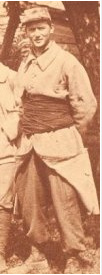

(Croix de Guerre)
Another soldier can be connected to the same dates of the battles through the article and that was the Swede Emil Blondell. Emil was born in Fosie parish in Skåne, Sweden but later on moved to Paris and got married to Ida Amelie Fautin Zucchi.
He was wounded in the fights on May 10th, 1915, and he was decorated during the war with the Croix de guerre l’ordre de l’armee and the French Military Medal as a soldier.
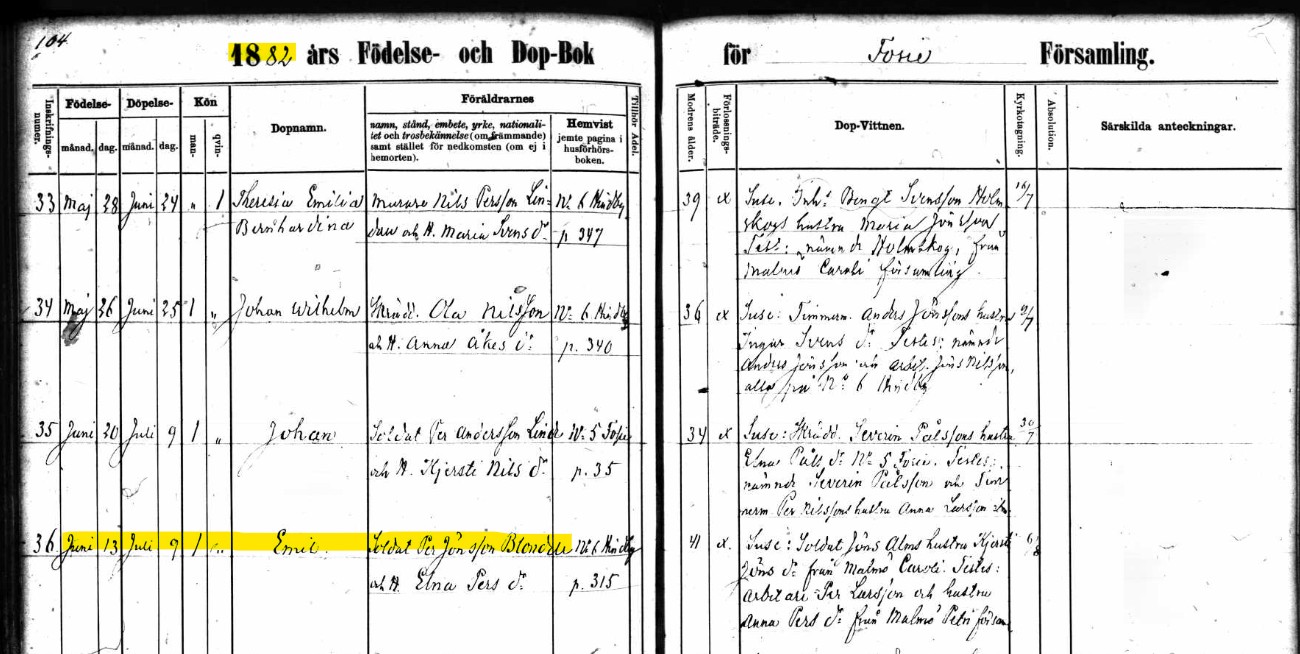

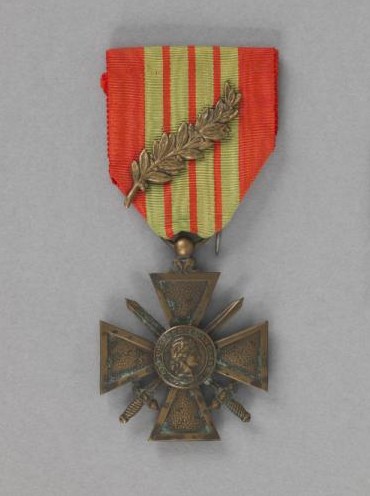

Gunnar also communicated with another Swedish soldier in the legion, Sven Blom, who got “Trench foot” early in the war and became a link between the Swedish soldiers on the battlefield, and Sweden, through letters to and from Sven. Sven kept a lot of information in his diary that can be found today in archives in Sweden, and has been a good source of information about the Swedes in the French Foreign Legion.
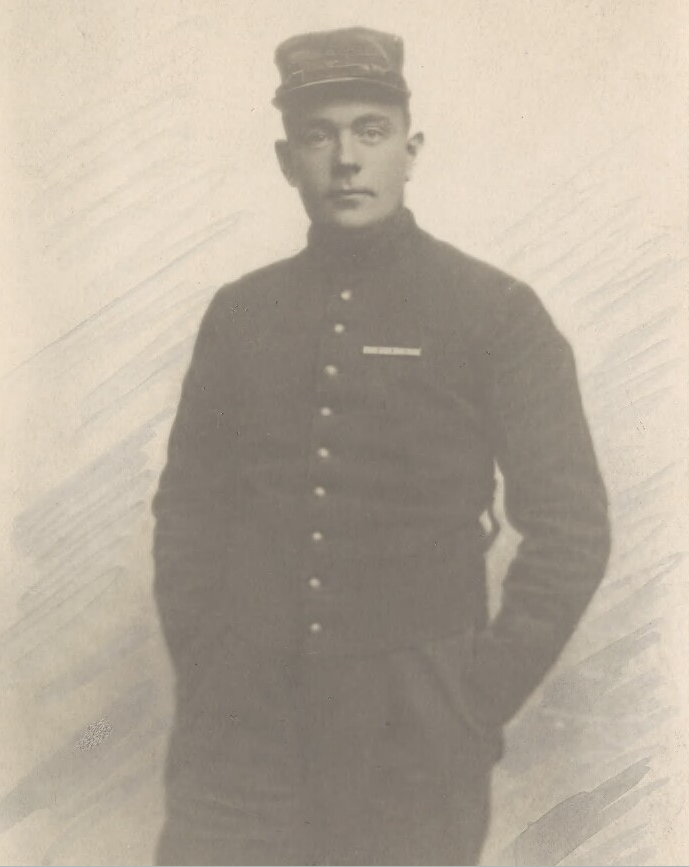
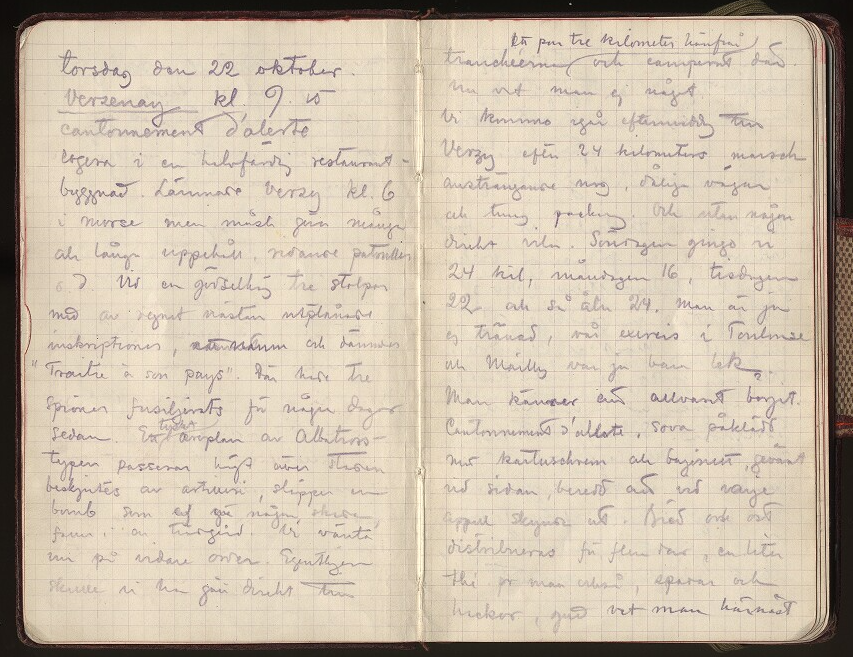
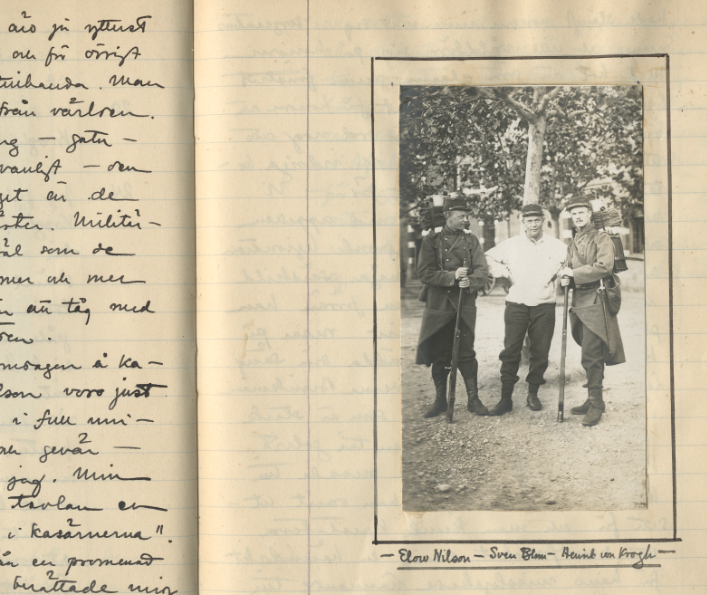
Gunnar and the Swedes in the American Expeditionary Forces
I have also found articles from August 1918 in the newspaper “Svenska Pacific Tribune” which was from a Swedish Naval Magazine. It was about when Gunnar met the Swedes in the American Army, when he wrote about his dialogues between him and the soldiers. The interviews are made in the American training camps but it doesn’t say if it is in the US or in France. I assume he met up with them in France as he lived in Paris at that time.
He wrote about the meetings with other soldiers as well, when he asked them if he could find some Swedes to talk to, and he mentioned an encounter with an Irish soldier who said that he didn’t know about any Swedes in his unit, “we are mostly jews!”, he said, but he gave Gunnar an advice to look in the “Rainbow Division” as he knew there were a lot of Scandinavians in the unit.
Gunnar also wrote about when he met a soldier who answered him in Swedish, “Tusan Djäfla, Pojka” (God damn it, lads) but just with a few words, as it turned out he was born in Turkey in a polish family, and raised in the USA.
That means to me that the Swedish soldiers probably interacted with a lot of other soldiers as well, and not just were together in small groups.
He also met soldiers with Swedish surnames, but with no connection to Sweden at all, according to the soldiers, but it must have been from somewhere in Scandinavia but way back probably.
But the next day Gunnar met an American officer in an artillery brigade who connected him to a Swedish corporal, and from that day it went a lot better. They went through a lot of units.
They, on the other side, had more questions to Gunnar than he had to them, and they came from all parts of Sweden, talked with different dialects and were very curious about Sweden, especially about the food situation, coffee, the exchange rates between kronor and dollars, but also about the Swedes in the French units as they had heard about them earlier on in the war.
I find that very interesting. It could of course have been through Gunnar’s articles in the American newspapers, but maybe also through the rumours from the war, who knows.
The American soldiers also asked about if there were Swedes in the German Army as well, and about the Swedes in the British and Canadian Armies.
The soldiers told Gunnar that all the Swedes in the regiments on site were all volunteers and the main reason was ideology. They couldn’t stand “with their hands in their pockets” and just watch when the Kaiser did as he did. Most of the Swedes signed up the first day possible, many of them were very young, but also farmers who left their farms to do what they could do for their new country.
That information correlates well with my earlier facts that I have found regarding the various reasons to join the war, even if Gunnar was talking to quite few Swedes at the time.
Gunnar also visited the city of Reims during the war and was very affected about what he saw. I will try to find more about that in his books.
The Swedes in the American units knew what their ancestors did in the earlier wars where Sweden was involved in and they knew that they had the same spirit to do “the right thing”.
There are a lot more information to find in articles from Swedish journalists or authors who spent time on the battlefield, and I have a whole book by Sven Hedin, who travelled a lot with his German contacts and followed the war from another perspective, and that is a totally different story, indeed.
One day I will tell you about that.

